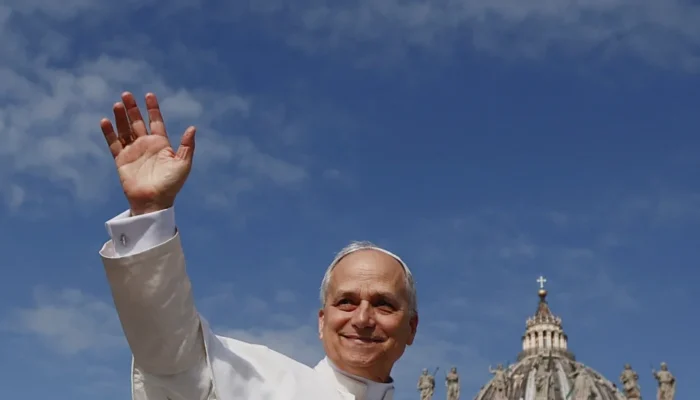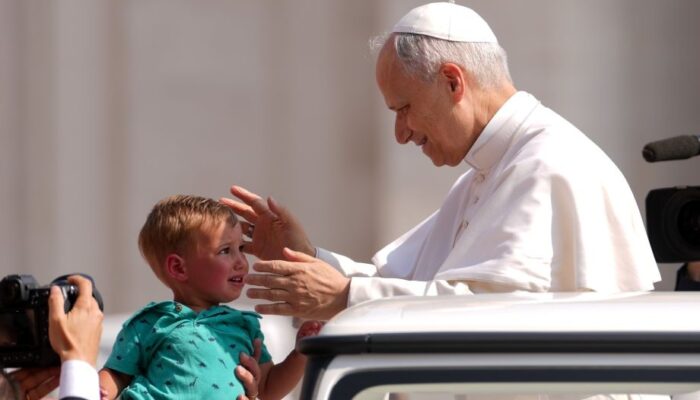Saint Bernardino Realino sj (1530-1616), dedicated almost his entire life in the Society of Jesus to work as a parish priest, after having renounced a brilliant career as a lawyer, according to the Jesuit website.
At the beginning, Realino asked to become a brother, but his superiors told him he should be ordained a priest. Fr. General Francisco de Borja appointed him master of novices in Naples, while he was still studying theology. His prudence and good sense made up for what he lacked in formation, the website adds, and he began his pastoral work, which would last his whole life. He preached and taught catechism, visited slaves in the galleys of the port of Naples and heard confessions.
Realino: 42 years of pastoral activity in Lecce
In 1574 he was assigned to Lecce in Apulia to explore the possibility of opening a Jesuit house and college there. The response of the people was enthusiastic. And Realino began a pastoral activity in Lecce that lasted 42 years: preaching, confessions, spiritual direction to the clergy, visits to the sick and prisoners, and talks in convents and monasteries.
Seven times he was ordered to move to Naples or Rome, but each time he was about to leave the city something happened to prevent him from doing so. His superiors decided to cease their attempts to transfer him. In his last illness, he agreed to continue protecting the people of Lecce.
The Becchetti family, priests and teachers
The Blessed John and Peter Becchetti were relatives, were born in Fabriano (Marche, Italy), joined the Order of the Hermits of St. Augustine and were priests and professors. John was a professor of great culture and deep spirituality, he received his doctorate at Oxford, worked in the Augustinian houses of studies, and wrote philosophical and theological works. Peter also taught in the houses of his Order, propagated devotion to the Passion of the Lord. He visited the Holy Places and then, in his convent of Fabriano, he built a chapel dedicated to the Holy Sepulchre.
Martyrs of Carthage and Rome
Today the Church also celebrates seven martyrs of Carthage: Saints Liberatus, Boniface, Servus and Rusticus, Rogatus and Septimius, and Maximus. All of them suffered cruel torments in 484, during the persecution unleashed in Carthage (Tunisia) by the Vandals, under the Arian king Huneric, for confessing the Catholic faith. The saints' calendar also includes two other martyrs. Processus and Martinianus, who were apparently jailers of the apostles Peter and Paul in Rome, and martyred for their Christian faith.








